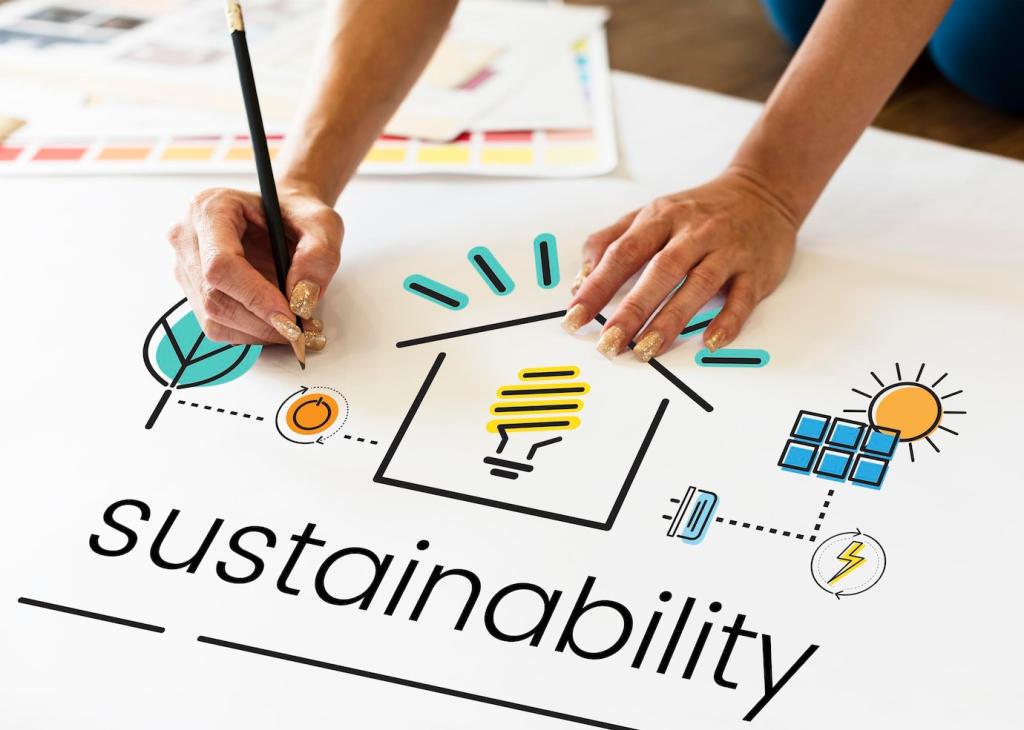Materials that Breathe with the Planet
Opt for FSC or PEFC-certified wood and plant-based oils or waterborne varnishes with transparent VOC data and Environmental Product Declarations. Wood tells time through patina, not peeling. Planning a project? Comment with your wood choices and we’ll suggest finishes that keep air quality crisp.
Materials that Breathe with the Planet
Clay and lime plasters buffer humidity, moderate temperature swings, and offer matte, non-glare depth. Their microtextures catch daylight beautifully and can be repaired instead of replaced. Curious about color? Ask us for a breathable palette to complement your light levels and local climate.



